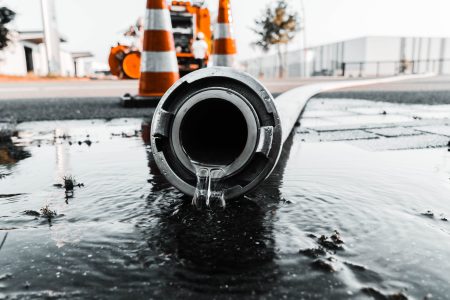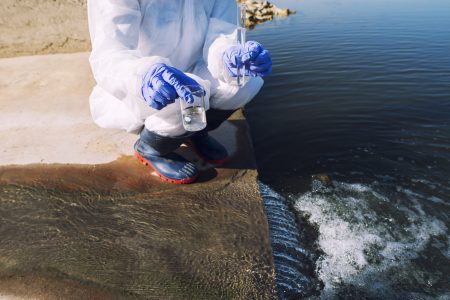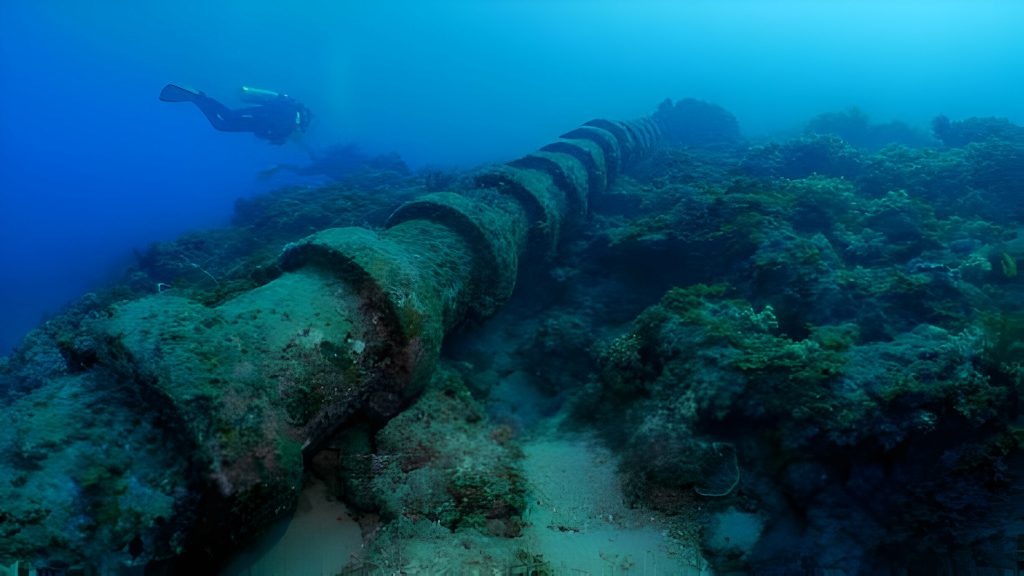Exploring the depths of the ocean gives a myriad of demanding situations for researchers, scientists, and engineers.
![[GetPaidStock.com]-65e0459756753 [GetPaidStock.com]-65e0459756753](https://geres-asso.org/wp-content/uploads/elementor/thumbs/GetPaidStock.com-65e0459756753-qkko94m53kye5l2vuh5a8fw4rb35tpulckajuwkbp4.jpg)
This article delves into the challenges faced and the modern solutions evolved inside the discipline of underwater mapping and surveying.

Underwater mapping and surveying play a important role in information the complex and dynamic nature of the ocean ground, but they may be fraught with problems particular to the marine environment.

One of the number one challenges in underwater mapping is obtaining excessive-resolution photos of the seafloor.

Conventional sonar structures produce low-resolution pics that lack detail and clarity. Recent advancements in multibeam sonar technology and underwater lidar structures have considerably stepped forward the resolution and accuracy of underwater mapping information. These technology permit researchers to seize specified photographs of underwater functions, consisting of coral reefs, shipwrecks, and geological formations, with unheard of clarity.
Accurately navigating and positioning underwater cars is important for powerful mapping and surveying operations. However, GPS indicators are unable to penetrate the water, making it tough to decide precise places underwater. To cope with this task, researchers have developed advanced navigation structures, consisting of inertial navigation structures (INS) and acoustic positioning systems, that depend upon inner sensors and acoustic indicators to tune the location and orientation of underwater motors with high accuracy.

Traditional surveying strategies, such as satellite tv for pc-primarily based far flung sensing and aerial surveys, are ineffective within the deep ocean.
